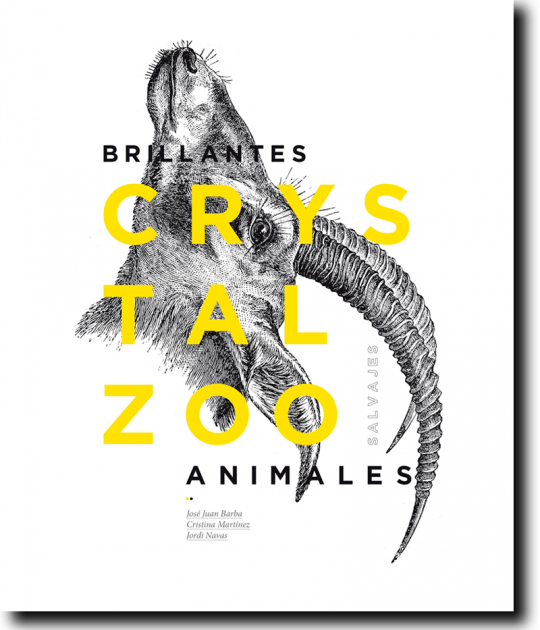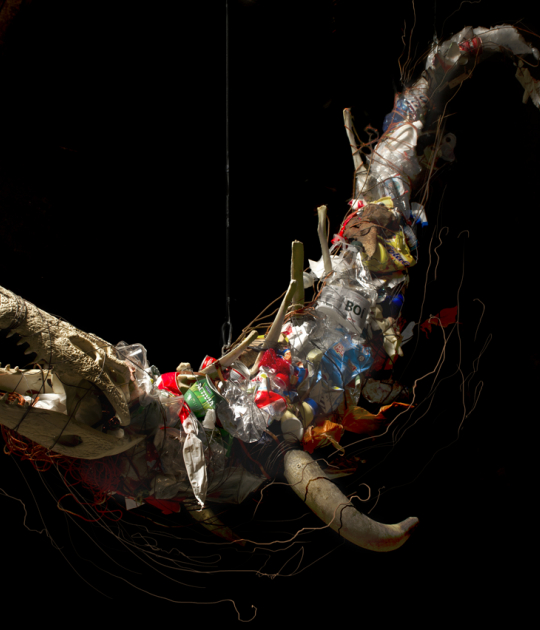Lubetkin with the collaboration of engineers Ove Arup and Felix Samuely, in 1934, unveiled its famous spiral "Penguin Pool", quickly becoming an exquisite example of modern architecture. The result was a pair of ramps that intertwine, cantilevered over the elliptical pool and is considered a historical project, both in terms of architectural design and engineering.
Tecton's innovative design was unusually elegant and dynamic, and one of the first to better experience the possibilities of reinforced concrete, in situ in complex and load-bearing shapes.
Unfortunately, the pool, created by Lubetkin, has been empty for 15 years. In 2004 it ceased to be the home of the penguin colony, because the penguins contracted a bacterial infection called bumblefoot, by micro abrasions caused by walking on the concrete, and relocated to one of the zoo's duck ponds.
As so often happens, the problem was not the architect's original design, but the maintenance and subsequent reforms.
The controversy has arisen after the declarations of the daughter of Berthold Lubetkin, Sasha Lubetkin, to a local newspaper the Evening Standard and the answer of the conservative architect John Allan.
Lubetkin had consulted with the biologist Julian Huxley at that time to ensure that the design of the enclosure was better suited to the needs of the penguins, but as commented by John Allan, who wrote Berthold Lubetkin's biography and worked on the restoration of the Penguin Pool in the 1980s. The flaws of the enclosure the result of decisions made by London Zoo, rather than the designers.
Even though the Zoo has "no current plans" for Penguin Pool, and obviously, the structure now isn't suitable for penguins on welfare grounds, however a "more imaginative use" could be found.
























